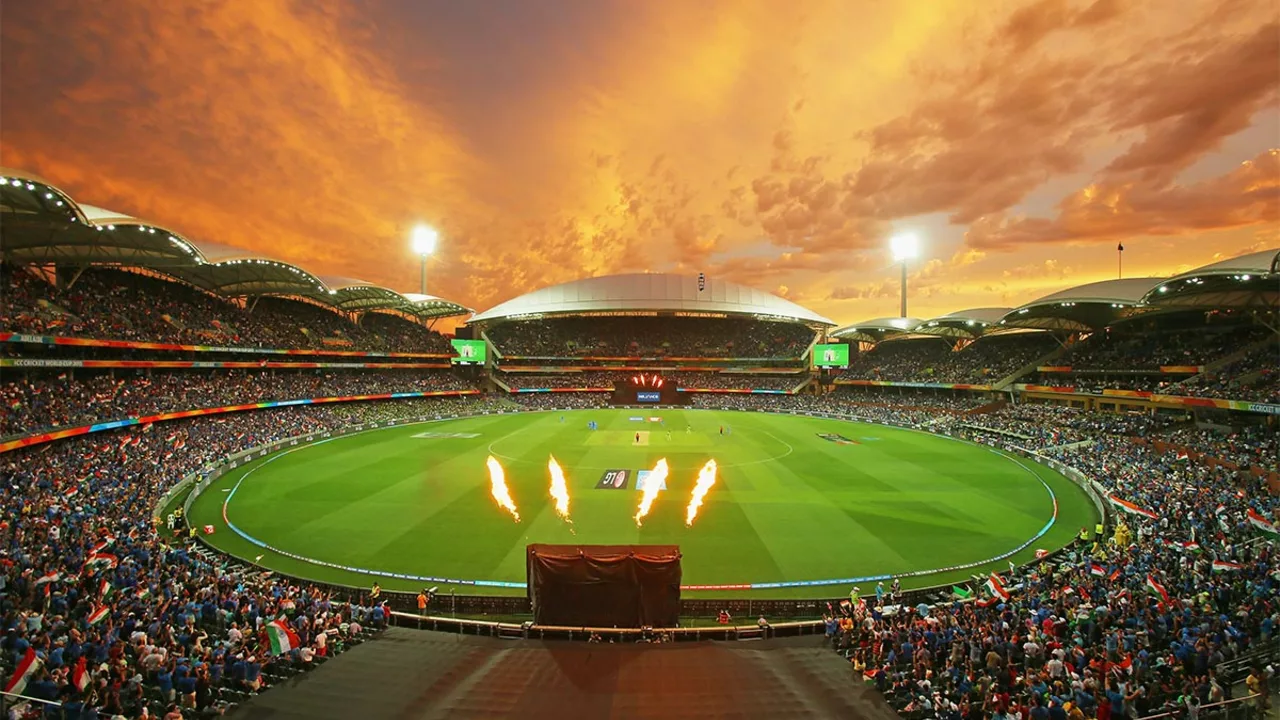All About Cricket Pitches – Types, Preparation, and How They Affect Play
Ever watched a match and wondered why the ball behaved so differently on the first day versus the last? The secret lies in the pitch. A good pitch can turn a tight contest into a high‑scoring thriller, while a tricky one can favor bowlers and keep scores low. Let’s break down what makes a pitch, the main types you’ll see, and how groundsmen keep it ready for action.
Types of Cricket Pitches
Most pitches fall into three broad categories: seamer-friendly, spinner-friendly, and balanced. A seamer‑friendly surface is slightly harder and has a thin grass cover. The ball skids and swings, giving fast bowlers a chance to move it both ways. Look at Lord’s early‑season games – the gentle grass often produces movement for the pacers.
Spinner‑friendly pitches are slower, with more wear and a drier top layer. The ball grips, turning sharply. The sub‑continent is famous for this – think of the dusty tracks in Chennai or Colombo where spinners dominate after a few overs.
Balanced pitches aim to give both batters and bowlers a fair go. They typically have a medium‑hard surface, a bit of grass, and consistent bounce. The Melbourne Cricket Ground (MCG) often offers this mix, making matches exciting from day one.
Caring for a Pitch
Groundsmen have a busy schedule. Before a match, they roll the surface to compact the soil and eliminate uneven spots. Rolling also helps flatten any bumps that could cause unpredictable bounce. After the first innings, they may water the pitch lightly to keep the top layer from cracking, especially in hot, dry weather.
When a game moves into the fourth day, the pitch naturally wears down – footmarks, cracks, and loss of moisture appear. Some teams plan their strategies around this change, sending spinners into the attack once the surface slows.
Maintenance doesn’t stop at rolling. Grounds crews use a mix of sand, clay, and organic material to adjust hardness and moisture. Adding a thin layer of sand can make the pitch harder and quicker, while extra clay retains water, slowing the surface down.
Knowing the pitch type helps you predict how a match will unfold. If you’re watching a game at a venue known for spin, expect the middle overs to be more cautious, with batters playing late. At a seamer‑friendly ground, you’ll see more aggressive batting early on, trying to capitalise on the bounce before it settles.
So next time you tune in, glance at the ground report. It will tell you about grass cover, moisture level, and any recent rain. Those clues give you a preview of whether the ball will swing, turn, or stay polite. Understanding pitches adds a new layer to the drama – you’ll see why a single over can change the whole story.
Whether you’re a casual fan or a budding player, keeping an eye on the pitch makes every innings more interesting. Grab a snack, watch the bowler’s run‑up, and notice how the ball reacts – you’ll quickly spot the pitch’s personality. Happy watching!
Why there are three or more pitches in each Cricket ground?
In my latest blog post, I delved into the intriguing question of why there are three or more pitches in each cricket ground. It turns out, each pitch offers a different playing experience based on the wear and tear it undergoes, thus allowing diversity in the game. It also enables groundsmen to prepare and maintain pitches efficiently without overusing a single pitch. Moreover, multiple pitches ensure there's always a backup available in case of unexpected damage. So, the multi-pitch setup isn't just a random design choice, but a strategic move to enhance the dynamics of the game.
Details +